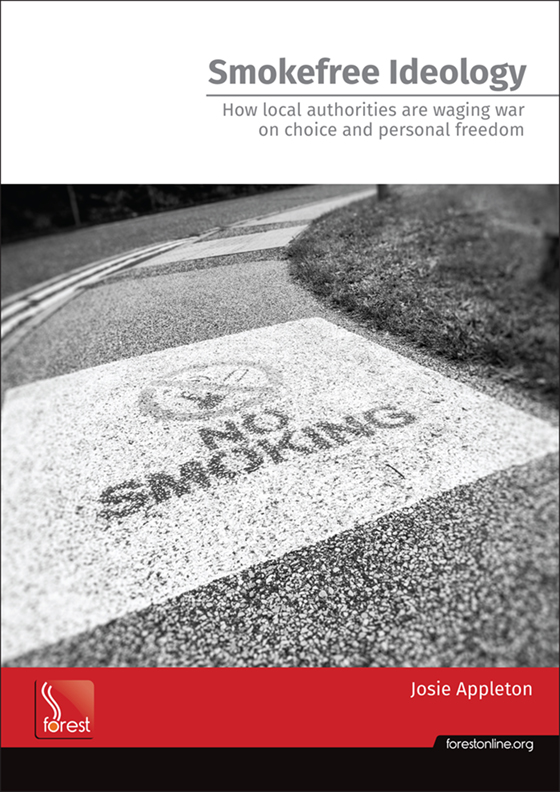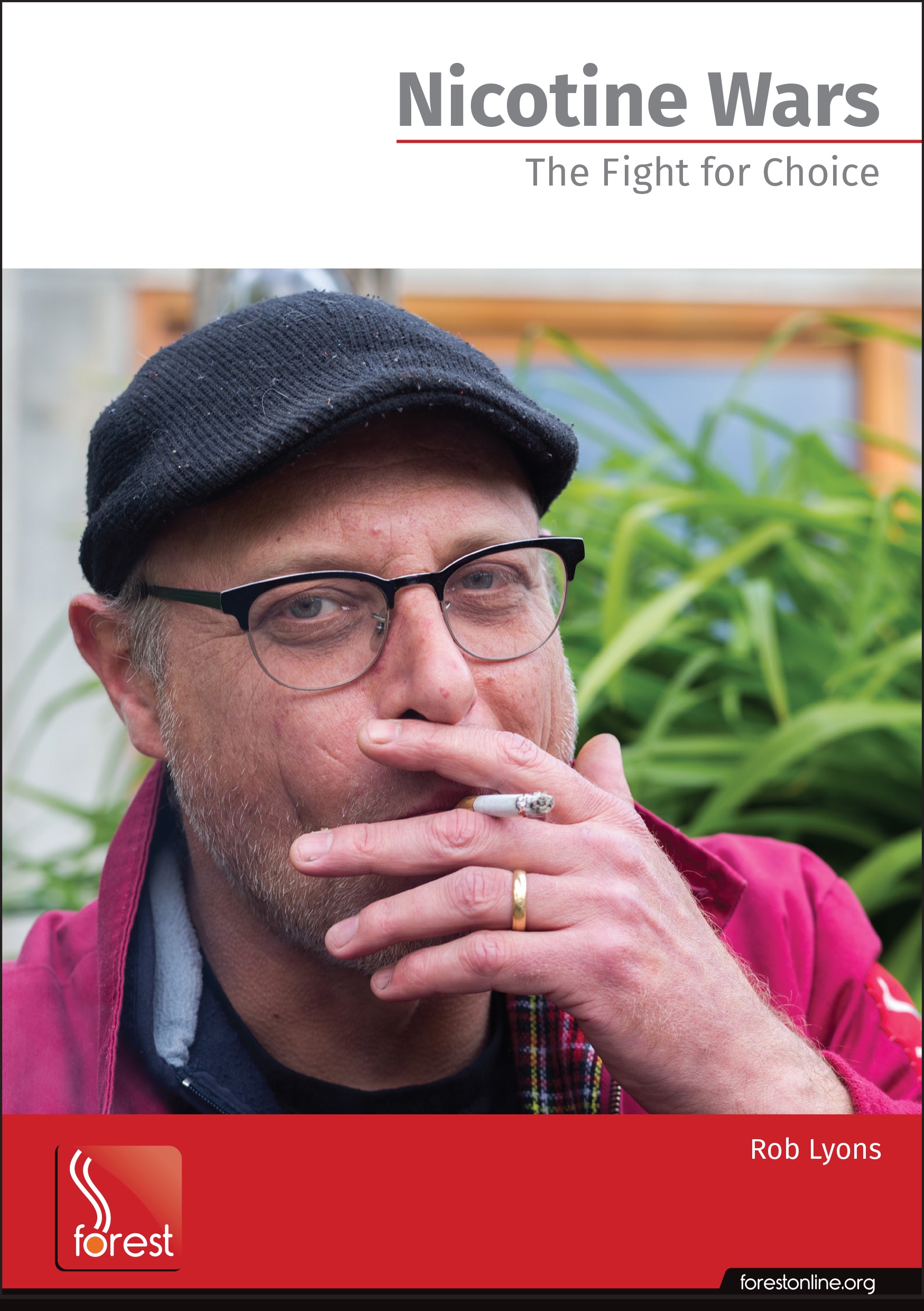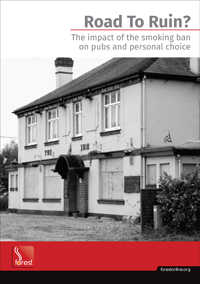Gone but not forgotten
 Wednesday, December 27, 2023 at 14:45
Wednesday, December 27, 2023 at 14:45 Further to my previous post, I am reminded of three more people whose deaths I missed when they happened.
They are artist Tony Lawrence (2022), Oscar-winning screenwriter Sir Ronald Harwood (2020), and popular psychology author Tony Buzan (2019).
I'll start with Ronald Harwood because he's the only one most of you will have heard of. Born in Cape Town in 1934, he died in September 2020, aged 85, and I've no idea how I missed the news because it was widely reported.
Perhaps it was because it was during Covid, but the fact is I didn't find out for several months and the reason it's on my mind now is because I'm currently reading 'Speak Well of Me: The Authorised Biography of Ronald Harwood' by W Sydney Robinson, published in 2017.
According to The Times, 'The writer who emerges from Robinson’s biography is profoundly serious — but the man is often fun.'
That was my experience too and if you want to know more I recommend that you read the transcript of this fascinating Screenwriters' Lecture: Sir Ronald Harwood CBE from September 2010.
There are several laugh out loud moments, plus one or two comments about smoking including, at the end, the anguished cry: "I’m dying for a cigarette”.
Knighted in 2010, Harwood first came to our attention in 2004 when reports emerged of a dramatic stand-off in Canada. Recalling the incident in his obituary, the Guardian wrote:
... he was a ferociously committed smoker, cancelling a trip to Winnipeg to direct his famous play in 2004 because of “Canada’s draconian anti-smoking laws”.
Following that incident he accepted an invitation to join us at a small private dinner at Boisdale of Bishopsgate - an occasion also attended by David Hockney who arrived midway through dinner having flown into Heathrow that evening and come straight to the restaurant.
In September 2004 he was one of 13 people (others included Hockney, Stephen Fry, and Bob Geldof) who signed a letter, written by Joe Jackson and published in The Times, opposing a public smoking ban.
The following year Harwood was a guest when we hosted a Christmas lunch for a dozen friends of Forest at Rules, the Covent Garden restaurant founded in 1798, and the oldest restaurant in London.
That was in December 2005, almost two years before the smoking ban, but what I didn’t know when I booked a table is that Rules was a non-smoking restaurant even then - doh!
Thereafter we kept in touch, but very infrequently. I think the death of his wife Natasha in 2013 had a profound impact on him.
‘Speak Well of Me' was published on May 31, 2017, World No Smoking Day. I pointed this out to him in an email but I believe he had quit smoking by then so the irony may have been lost on him. Either way, I didn’t hear from him again.
Tony Buzan, who died aged 76 in April 2019, was a larger than life character who claimed to have invented a concept known as 'mind mapping' in 1970. A million selling author, he was also said to be the 'father of speed reading'.
Whether these claims are true I don’t know because Buzan was essentially a salesman, and a hugely successful one. I met him several times and I have never known anyone radiate such positivity or confidence.
The first time we met, in the early Nineties, I interviewed him in his office in Marlow, overlooking a marina.
I enjoyed his company and he liked me too, I think, but I am by nature a cynic, so there was never a meeting of minds.
We did however join forces for what, in hindsight, might be the most unlikely event ever but it seemed like a good idea at the time.
It took place in November 1995. I had recently interviewed Polly Brown, the lead singer with Pickettywitch, a band that enjoyed some success in the Sixties, and I had the bright idea of combining her talents with those of Buzan.
An interesting venue often helps sell tickets so I booked the Commonwealth Theatre at the Commonwealth Institute in Kensington.
‘Music and the Mind’ began with a one-hour presentation by Buzan that involved tapes, CDs and a light show.
The evening then entered its second phase:
Together, Tony and Polly will discuss the effect of music on intelligence, how important music is to our daily lives, and how the composition of music can broaden and expand the mind.
Central to part two was a set featuring 'the unique sound of the Polly Brown Blues Band'.
It sounds insane, pretentious even, but somehow it worked. We even got a full house.
I liked Tony enormously – his enthusiasm was infectious – so I was very sorry to discover, some time after the fact, that he had died. I was surprised too because when I knew him he appeared indestructible, a force of nature whose energy and healthy lifestyle should have guaranteed him another decade or two at least.
Instead he is reported to have died of a heart attack aged 76.
Finally, and more recently, I also missed the death of another person I once interviewed and liked – contemporary figurative artist Tony Lawrence who died in November last year. He was just 71.
Tony wasn't a household name so it's not surprising that news of his death didn't extend far beyond the New Forest where he lived.
In fact, the only reason I know is because, when we stayed overnight in the New Forest in the summer, I looked him up on Google and read the news on his website.
Having interviewed him at his home in the early Nineties, we kept in touch for several years and spoke quite often on the phone.
On one occasion he invited me to join him in the City of London to check out the location he had in mind for one of his exhibitions. It was a brand new office block that was totally empty except for the plain white walls and bright lighting.
He preferred it, though, to the more traditional art gallery.
(If I remember, his distinctive paintings were often exhibited privately, not in galleries but in what he called exhibition spaces.)
In 1997 he donated to one of my events an original watercolour that depicted the sky above the Isle of Wight which he could see from his home in Hampshire.
It was one of a series of similar paintings and proceeds from the prize draw, which took place at a gala dinner at the House of Commons, went to the Wessex Children's Hospice, which I believe was Tony's nominated charity.
The thing is, when I think of Tony Buzan and Tony Lawrence, neither of whom I had seen for 25 years, I remember them as much younger people, so the discovery that they had died was far more of a shock.
Also, when I knew them, they shared an almost childlike love of life and their boyish enthusiasm was infectious.
So what have I learned from all this?
One, read the obituary columns, religiously, every day.
Two, try not to lose contact with people you know and like, even if it's only sending them a Christmas card each year.
One day you may discover, as I have, that they have died and it will be too late to drop them a note suggesting you meet for lunch or dinner, or even a drink.
As it happens, last year I sent a Christmas card to an old friend I hadn’t seen for the best part of ten years and did exactly that.
We met up, with a mutual friend, and I discovered he was recovering from a heart operation – which didn't come as a surprise given his lifestyle!
I'm pleased to say we are seeing each other again in the new year and I hope it will become an annual ‘thing’.
I also intend to visit an old university friend who last week underwent open heart surgery. I haven't seen him for some time either and there’s no knowing how long any of us will last (myself included!) so the lesson I take from this is, don’t put off what you can do today otherwise it may be too late.
See: Tony Buzan obituary (The Times) and Obituary: Tony Buzan, educational consultant who created the Mind Map learning technique (The Herald)
Also: Obituary: Tony Lawrence – renowned artist whose works are sought around the world (Advertiser and Times)
PS. I’m rather chuffed that Tony Lawrence’s website includes a passage from an article I wrote in 1992. It reads:
Centrepiece of the exhibition is A Practical Guide to Aesthetics, an extraordinary 60-foot mural that comprises twelve separate paintings, all interlinked, that took two years to plan and four years to paint. It’s so big that the Broadgate show offers Lawrence his first opportunity to see it as visualised – in one piece, stretching the entire length of a single wall. It’s designed, he says, to liberate him from past work – one step back, two steps forward. ‘I wanted to clear out all the cobwebs so I looked at everything to do with me and my art and pulled together images that were important to me’.
One particularly fascinating section contains almost 70 portraits of friends, people he knows or people who have influenced him. Not only does it include Francis Bacon, Andy Warhol, Jackson Pollock and David Hockney, it also features such diverse characters as Lenin, Desperate Dan, Mickey Mouse, Cleo Laine (a family friend), a Picasso pastiche, two self-portraits plus a portrait of the artist by his son George – not to mention portraits of his wife and five children.
Although he favours a cerebral approach to his work, he’s unconcerned if people don’t read anything into his paintings. ‘The cerebral element is only important to me because there has to be a reason for me to do it, but I wouldn’t dictate to others what they should read out of a painting. There are different levels of appreciating art and all of them are equally valid. It would be very arrogant of me to expect someone to sit down in front of one of my paintings and have to think about what the artist intended. In painting there’s the person who does them and the person who looks at them and I think the person who looks at them is of equal importance because what brings a painting alive is someone looking at it.’
 Simon Clark |
Simon Clark |  1 Comment |
1 Comment | 










Reader Comments (1)
Happy New Year to all in Forest, keep up the good work for us smokers.